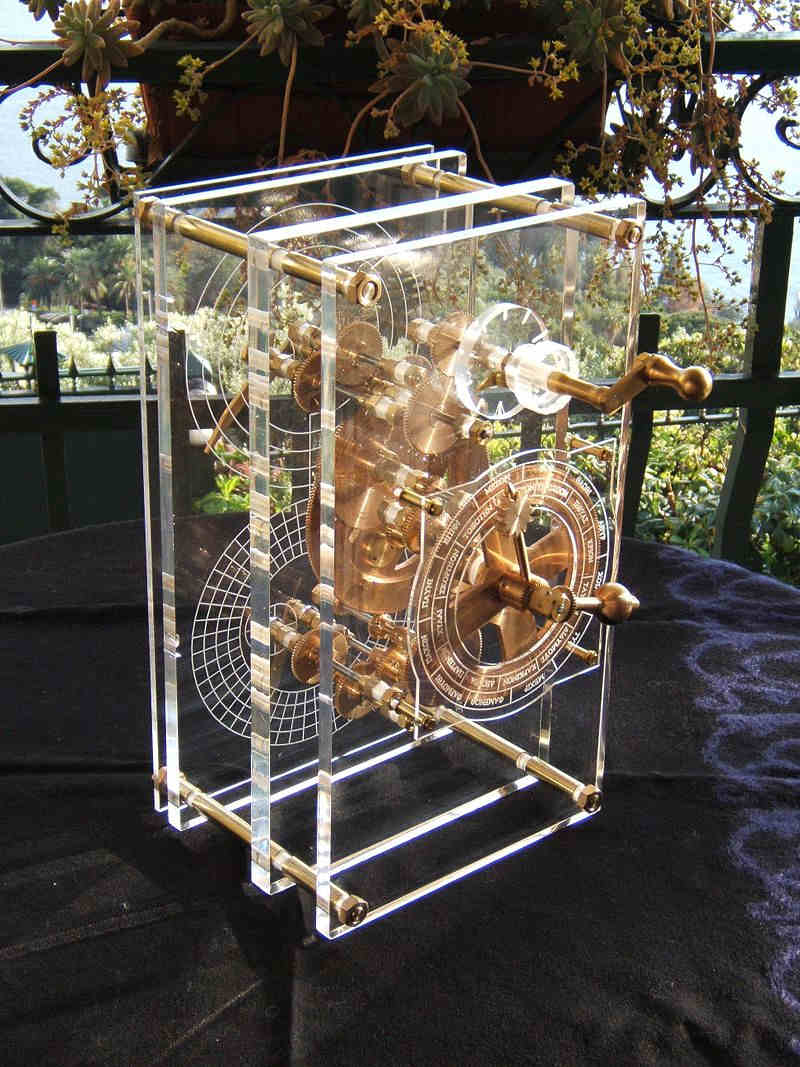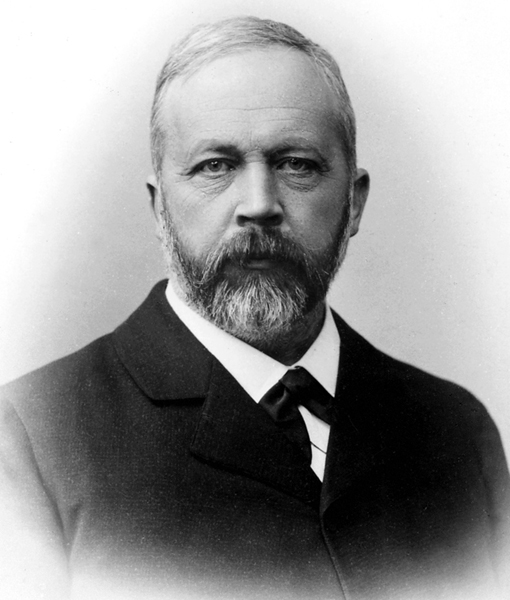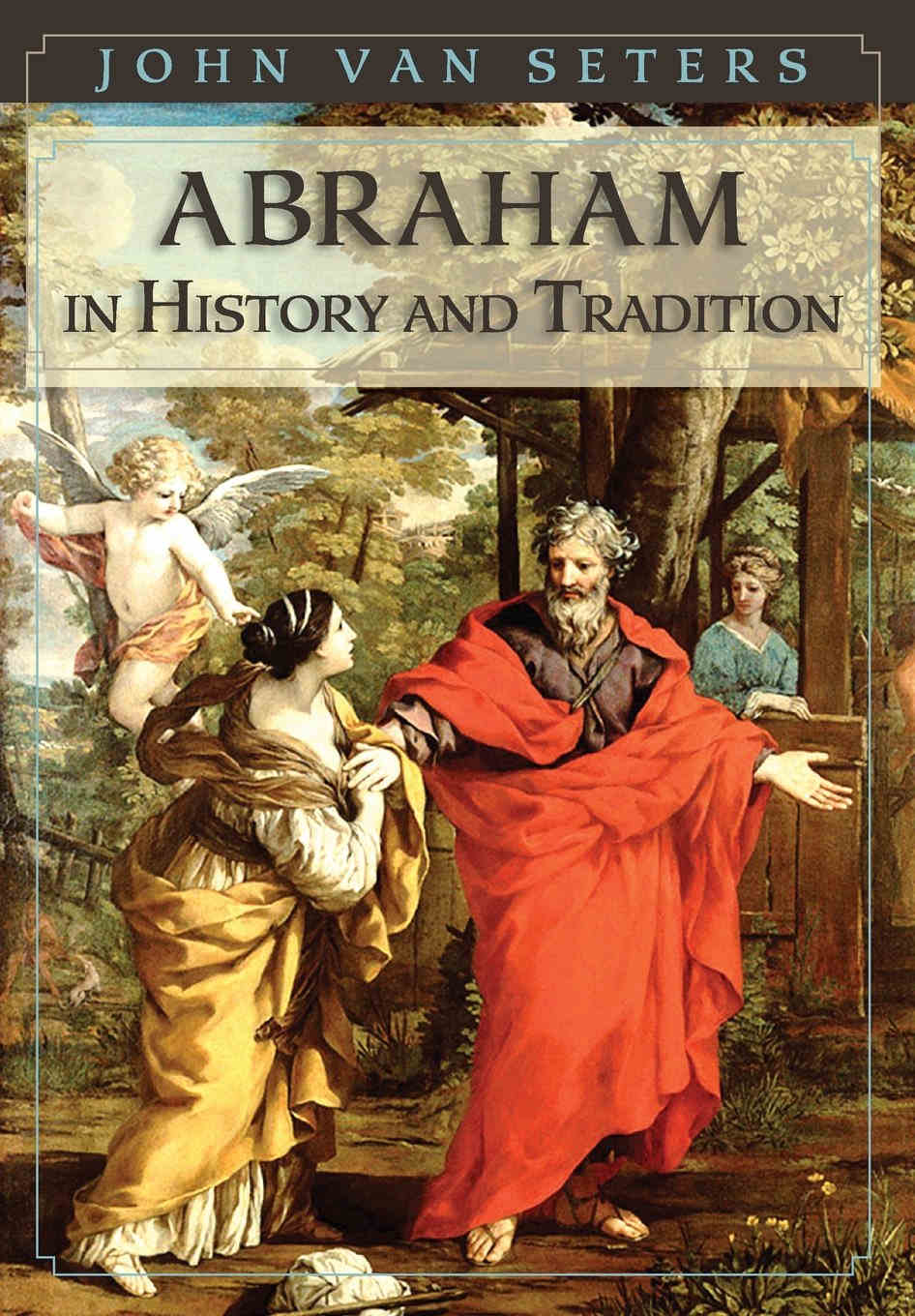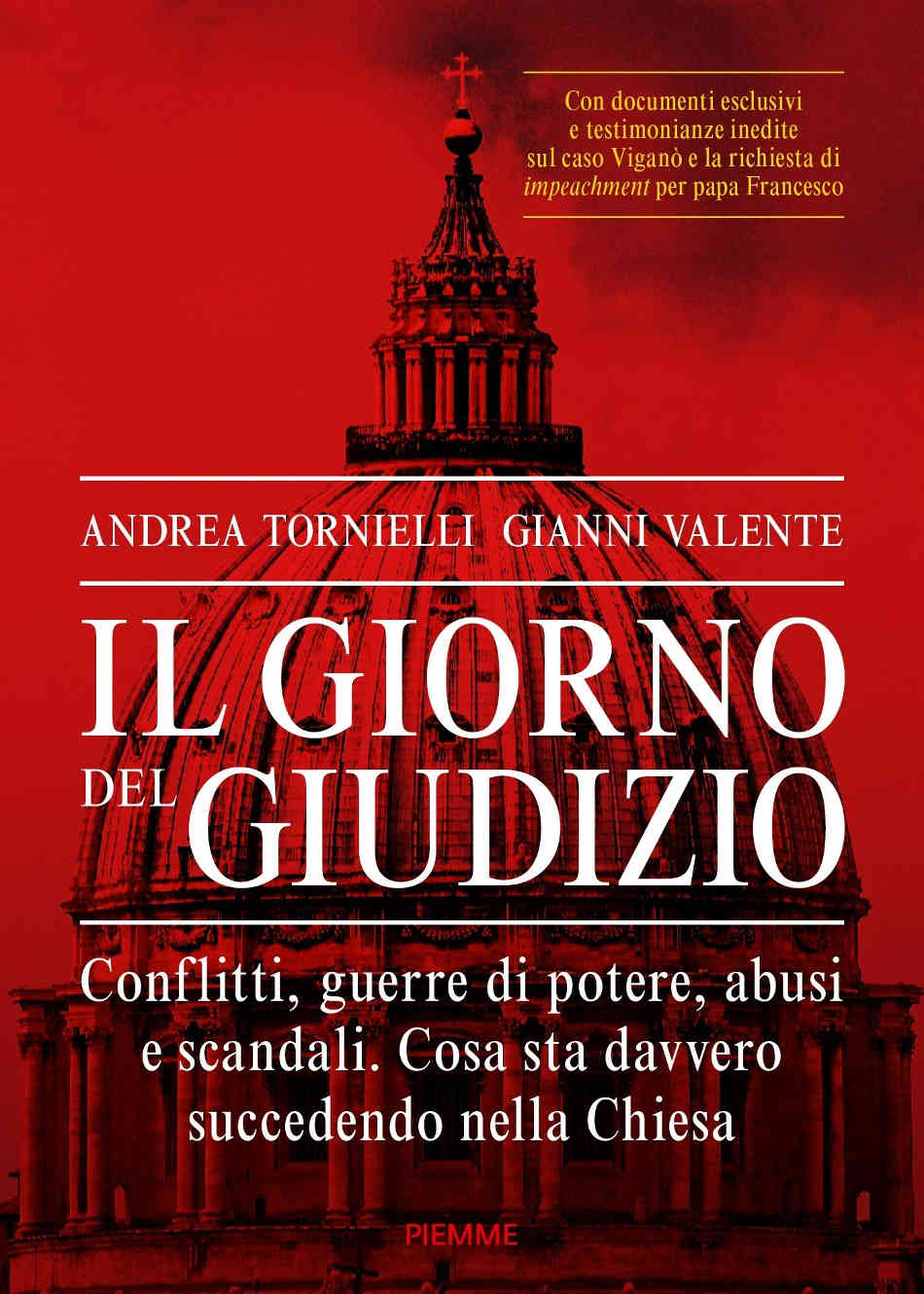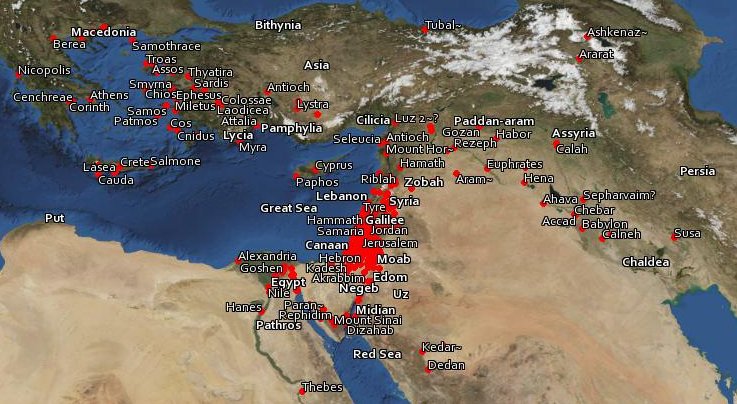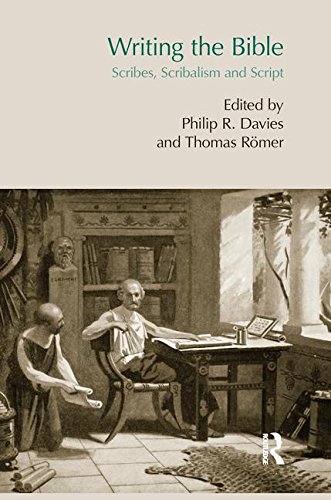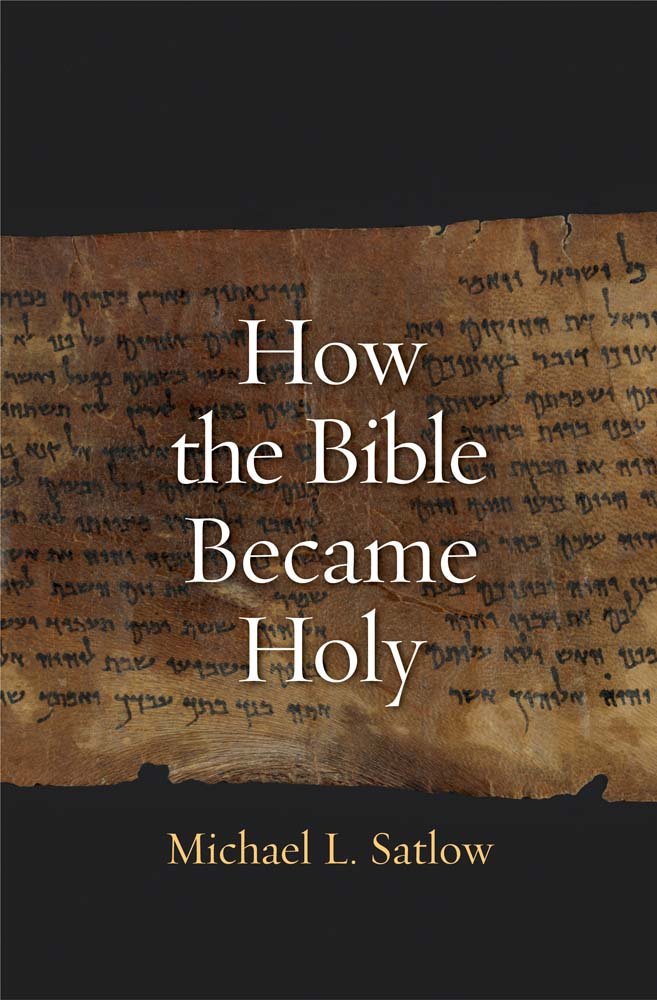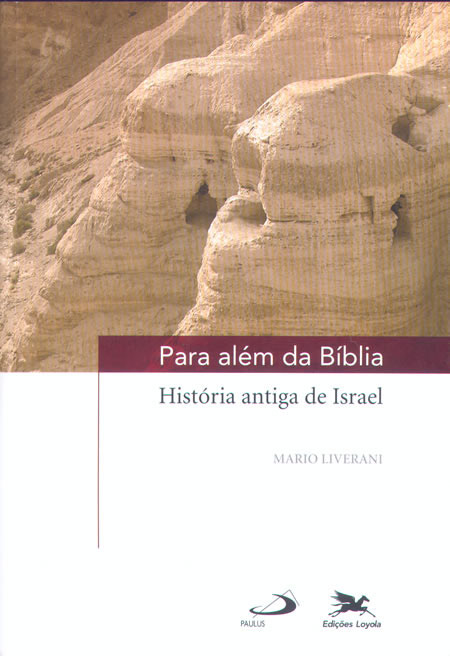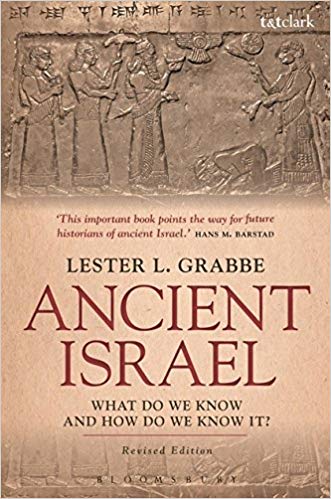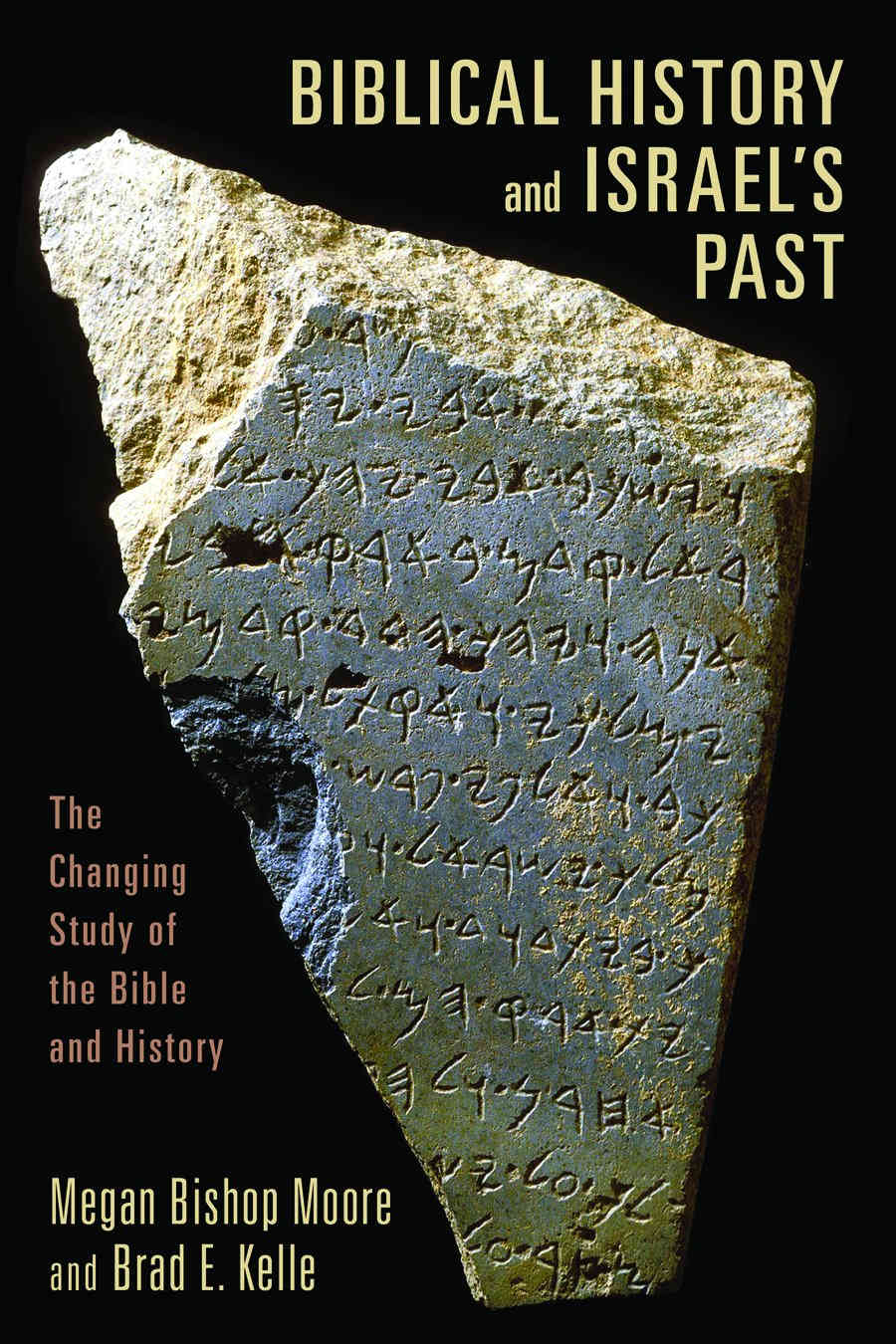Foi encontrada mais uma peça do Mecanismo de Anticítera? Ainda é cedo para dizer. O jornal israelense Haaretz diz que sim, mas confira, no Twitter, aqui.
De qualquer maneira, é uma boa oportunidade para conhecer o mais antigo “computador analógico” até agora descoberto.
:: Peça do mais antigo computador da História é encontrada no Mar Egeu – AH: 14.11.2018
Disco de bronze foi descoberto no mesmo local onde o misterioso Mecanismo de Anticítera, computador analógico de 2100 anos, havia sido encontrado
Um disco de bronze foi encontrado por arqueólogos mergulhadores no fundo do Mar Egeu, próximo à ilha de Anticítera. Os especialistas acreditam que a peça é a parte que faltava da Máquina de Anticítera, computador analógico da Grécia antiga que desapareceu no mesmo local há 2 200 anos. Os restos do computador, datado de 87 a.C., foi resgatado em 1901, a uma profundidade de cerca de 43 metros na costa da ilha de Anticítera, localizada entre Cítera e Creta. O objeto, que parecia uma pedra corroída e esverdeada, não recebeu muita atenção. Em 1971, o físico britânico Derek de Solla Price submeteu o objeto a uma série de análises. Com o auxílio de raios gama, ele descobriu que a “pedra” era, na verdade, um complexo calculador astronômico. Formado por 27 engrenagens de bronze, o aparelho empregava, no século 1 a.C., um tipo de engrenagem que acreditava-se que havia sido desenvolvida apenas no século 16. A Máquina de Anticítera era utilizada para guiar navios, realizar operações matemáticas básicas, calcular a órbita da Lua, do Sol e dos cinco planetas mais próximos da Terra. Também era capaz de prever eclipses lunares e solares. Por isso, é considerada o computador analógico conhecido mais antigo.
:: Missing Piece of Antikythera Mechanism Found on Aegean Seabed – By Philippe Bohstrom – Haaretz- Nov 15, 2018
Bronze disk unearthed by archaeologists in same wreck where original 2,200-year-old computer had been found; also located bits of the ship that Jacques Cousteau and looters hadn’t destroyed
More than 2,200 years after it sank beneath the waves, diving archaeologists have possibly found a missing piece of the Antikythera Mechanism, the fantastically complicated, advanced analog “computer” found in a shipwreck off a Greek island. Scanning shows the encrusted cogwheel to bear an image of Taurus the bull. The Antikythera Mechanism was discovered in 1901, technically speaking. An encrusted lump was salvaged by Greek sponge divers in clunky metal diving suits from the Mediterranean seabed. Not that anybody realized what it was at the time. It would take decades and advanced x-ray technology for scientists to realize that the “rock” was a wondrously advanced sophisticated analog calculator consisting of dozens of intermeshed gears. The Mechanism could do not only basic math: with dozens of exquisitely worked cogwheels, it could calculate the movements of the sun and moon, predict eclipses and equinoxes, and could be used to track the solar system planets, the constellations, and much more.
:: Antikythera anticlimax: ancient computer excitement a case of over-anticipation – By Jamie Seidel – News.com.au – November 14, 2018
The 2200-year-old Antikythera Mechanism, one of the most fascinating archaeological finds, has just suffered a big setback.
The analog computer has fascinated a generation of computer entrepreneurs. So a series of expeditions to the small island of Antikythera between Greece and Crete has been funded to see if more fragments of the mysterious device could be recovered. One tantalising piece was found on the seabed during an expedition last year. A heavily encrusted bronze disc, about 8cm wide. Now, a new article in the Israeli publication Haaretz has sent a quiver of anticipation around the world. It declared it to be a lost cog from the Anikythera mechanism itself. And, as it carried the sign of a bull — Taurus — it proves the machine was more complex than many dared dream. But … not so fast.
:: No, Archaeologists Probably Did Not Find a New Piece of the Antikythera Mechanism – By Jason Daley – Smithsonian.com – November 15, 2018
A bronze disc found near the shipwreck last year is likely not a cog wheel from the ancient Greek astronomical proto-computer
This week, word began to spread around some corners of the web that a new piece of the legendary ancient Greek computer known as the Antikythera Mechanism may have been found. But the claims, which surfaced following a Haaretz feature on the ongoing archaeological work in the area where the device was first uncovered, are misleading at best.
The Antikythera Mechanism is one of the most well-known and intriguing archaeological discoveries of all time. During a 1900-1901 investigation, sponge divers near the Greek island of Antikythera discovered the arms of bronze and marble statues reaching out of the seabed, remains of a shipwreck dating to the 1st or 2nd century B.C., and a rock-encrusted object that appeared to be a series of cogs and gears. Over the coming decades, researchers examined the mechanism, eventually determining it was likely a complex device that contained more than 30 gears used to calculate the date, position of planets, constellations and, perhaps, additional information. It was, in other words, a primitive sort of computer. But pieces of the salvaged device, including some cogs, were missing, presumably lying on the sea floor at the wreck site.
Researchers have since returned to the site in hopes of finding these lost pieces, including Jacques Cousteau who found bones at the wreck and pulled up bronze statues in 1976. Two other scientific expeditions took place in 2012 and in 2017.
It was during that last expedition that marine archaeologists from the Greek Ephorate of Underwater Antiquities and Lund University in Sweden uncovered more treasures including pieces of a bronze statue and an encrusted bronze disk with four tabs on it that appeared almost like a cog wheel. That piece, called the Taurus disk because it bears the image of a bull, is the artifact that Haaretz identified as a possible part of the mechanism. But even the article backpedals, conceding, “It will be difficult to prove what exactly the Taurus disk is: part of the original Antikythera Mechanism, part of a second such mechanism, if one existed, or something else entirely.”
As Jamie Seidel at News.com.au reports, experts have not publicly suggested that the disk functioned as a cog wheel. Rather X-rays of the disk conducted last year revealed that image of the bull and the four holes. Following the excavation, Sarah Gibbens of National Geographic wrote that the small disk was “reminiscent” of the Antikythera Mechanism, but that expedition co-leader Aggeliki Simossi said it was unclear what its purpose was. “It is maybe decoration for furniture or maybe a seal, or it could be an instrument,” as Simossi told Gibbens. “It is very early to say.”
While Haaretz and others reported the bull image suggests the disc was used in the machine to predict the position of the constellation Taurus, it does not appear to be finely crafted enough function as a cog wheel in the precision machine. As Seidel reports, in a best-case scenario, it may have adorned the case the Antikythera Mechanism was housed in, but there is no proven relation to the device.
That does not mean other bits of the mechanism aren’t to be found in the wreck. In fact, the expedition re-examining the wreck, called Return to Antikythera, holds out the possibility that more bits and pieces of the machine, which some believe may have been two distinct devices, can be found.
Whatever the case, the machine was truly ahead of its time, and the world wouldn’t see such intricate mechanical work again for 1,000 years. While we don’t know all we’d like about the mechanism, we are learning more about the ship it sailed on. It was likely a massive Greek grain ship, one of the largest ancient ships ever found, as archaeologist Brendan Foley, who led the new expeditions, tells Haaretz. At the times of its sinking, which likely happened in a storm, it was probably full of grain, statues and wealthy passengers, perhaps one who clung to his prized gadget as he sank into the sea.
Vídeos no Youtube mostram o funcionamento do Mecanismo de Anticítera.
Para saber mais, um livro: JONES, A. A Portable Cosmos: Revealing the Antikythera Mechanism, Scientific Wonder of the Ancient World. New York: Oxford University Press, 2017, 312 p. – ISBN 9780199739349.
